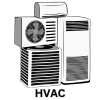Introduction to Suspension Springs
Suspension springs are a key part of a vehicle’s suspension system, designed to absorb shocks from the road and support the vehicle’s weight. They help maintain ride comfort, handling stability, and proper tire contact with the ground.
Different types of springs—such as coil springs, leaf springs, torsion bars, and air springs—are used depending on the vehicle’s design, purpose, and performance needs. Each type has its own strengths, making spring selection important for comfort, load-carrying ability, and driving performance.
In this article :
1. Coil Springs Suspension system:
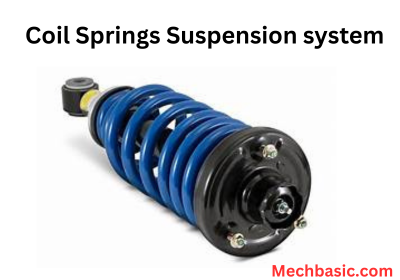
🔹 Description:
- A helical (spiral-shaped) spring made of steel.
- Most common type used in passenger cars, SUVs, and some trucks.
🔹 How do coil spring suspension system work?
- Compresses and expands vertically to absorb shock from bumps and dips.
- Works in conjunction with shock absorbers or struts.
🔹 Pros:
- Compact and lightweight
- Provides smooth ride quality
- Easily tuned for performance or comfort
🔹 Common Use:
- Front and rear suspension of most modern vehicles
2. Leaf Springs
🔹 Description:
- Made of layers of flat metal strips (leaves) stacked and clamped together.
- Often found in older vehicles and trucks.
🔹 How It Works:
- Flexes as the axle moves up/down, storing energy to absorb impact.
🔹 Pros:
- Strong and durable under heavy loads
- Simple design, good for load-carrying
🔹 Common Use:
- Rear suspension of pickup trucks, vans, and some off-road vehicles
3. Torsion Bars
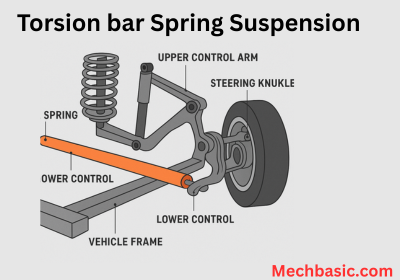
🔹 Description:
- A metal bar that twists along its length to provide spring action.
🔹 How It Works:
- One end is fixed to the frame, and the other end is connected to a control arm.
- As the wheel moves, the bar twists, acting like a spring.
🔹 Pros:
- Adjustable ride height
- Compact and space-saving
- Very durable
🔹 Common Use:
- Front suspension in trucks, SUVs, and some European vehicles
4. Air Springs (Air Suspension)
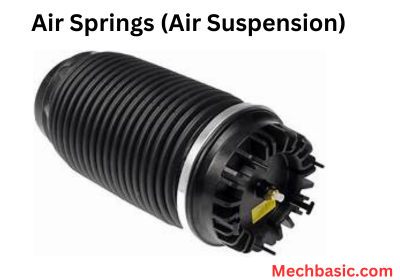
🔹 Description:
- Uses a rubber bladder filled with air instead of metal coils.
- Controlled by an onboard compressor and sensors.
🔹 How It Works:
- The air pressure inside the bladder is adjusted to change ride height and stiffness.
🔹 Pros:
- Adjustable ride comfort and height
- Excellent load-leveling ability
- Smooth and luxurious ride
🔹 Common Use:
- Luxury cars, buses, trucks, and off-road vehicles
5. Variable-Rate (Progressive) Springs
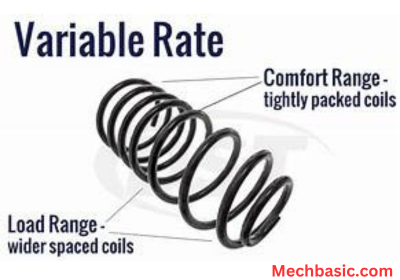
🔹 Description:
- A type of coil spring with variable spacing between coils.
🔹 How It Works:
- Initial compression is soft for comfort; as load increases, the spring becomes stiffer.
- Offers a progressive response to suspension movement.
🔹 Pros:
- Smooth ride at low speeds
- Firm support under load or hard braking
🔹 Common Use:
- Sports cars, performance vehicles, and heavy-load vehicles
Summary Table
| Spring Type | Best For | Key Advantage |
|---|---|---|
| Coil Spring | Most vehicles | Balanced ride & handling |
| Leaf Spring | Trucks, heavy loads | Strong load support |
| Torsion Bar | Trucks, SUVs | Adjustable, space-saving |
| Air Spring | Luxury/off-road vehicles | Ride height adjustability |
| Variable-Rate Spring | Performance or mixed-use vehicles | Adaptive ride & load support |
Other courses:
